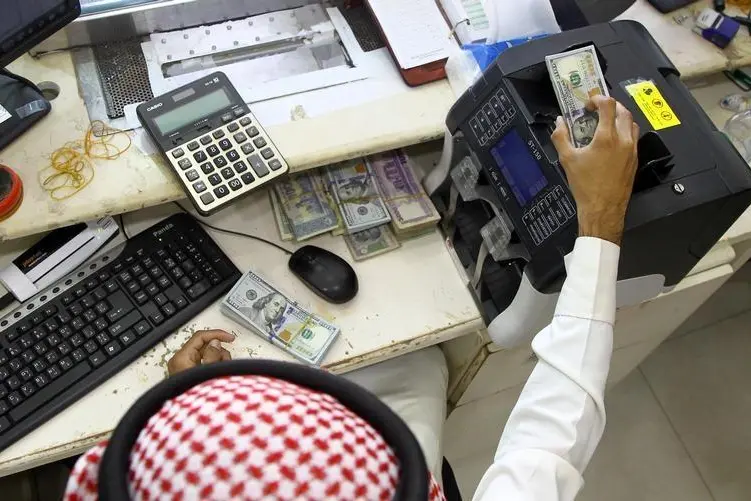PHOTO
Prior to the outbreak of COVID-19, the global banking sector was already in the throes of change. New digital entrants, a subdued economic environment, increasing compliance and governance-related costs are just a few of the factors that have led many banks to challenge their traditional business models, and look for ways to better integrate innovative technologies, systems and products while keeping the customer at the center of its core.
While it is difficult to fully predict the long-term effects of the pandemic on the banking sector, certain facts are now evident.
Rates of growth have been severely reduced, asset quality issues are expected to continue increasing and operational resilience will be a key driver.
While the global crisis has certainly provided strong impetus for banks to evolve quickly, it is also showing that the role of banks in a post-COVID world is crucial in supplementing governments measures to support companies and individuals alike through their recovery and rebuilding phases.
It is worth noting that the Kingdom’s regulatory bodies have already demonstrated a deep commitment to contain the effects of COVID-19 by introducing a series of stimulus measures worth SR170 billion to bolster economic recovery.
Despite the twin effects of low oil prices and COVID-19 lockdowns, which may have impacted on credit demand and asset quality, Saudi banks have responded well to the crisis. While the profitability outlook for the Kingdom’s banks remains relatively subdued, efficiency measures including a regimented approach to cost optimization and lower operational expenses have led cost-to-income ratios to decline for the second consecutive quarter across Saudi Arabia’s top ten banks.
Alvarez and Marsal’s latest Saudi research reveals that provisions for loans increased significantly for the banks that reported second-quarter earnings.
Total provisioning rose by 64.7 percent quarter-on-quarter to SR5.1 billion in the second quarter, highlighting the continuation of this volatile trend.
Meanwhile, the coverage ratio declined for the fifth consecutive quarter to reach 146.2 percent, as a result of rise in the non-performing loans by 9.6 percent. Depending on future macroeconomic factors, reserve building is likely to continue in the third and fourth quarters.
Meanwhile, the return on equity (RoE) of the majority of banks declined as reduced operating income and increased provisioning impacted bottom-line.
Net income fell by 17.7 percent on account of a dual impact from lower income and higher provisioning. Profitability has seen a deteriorating movement beginning in the fourth quarter of 2019 for both Saudi Arabia and the UAE.
At present, the focus of lenders is on cost optimization and improving efficiency to further enhance their bottom line and support their viability.
In this context, the planned merger between NCB and SAMBA will no doubt create stronger institutions and further strength the financial ecosystem in the Kingdom.
Banks, working closely with the regulators in support of national objectives, will continue to play a leading role in driving economic recovery post-pandemic and beyond.
- Asad Ahmed is managing director and head of Middle East Financial Services, Alvarez & Marsal
Copyright: Arab News © 2020 All rights reserved. Provided by SyndiGate Media Inc. (Syndigate.info).












